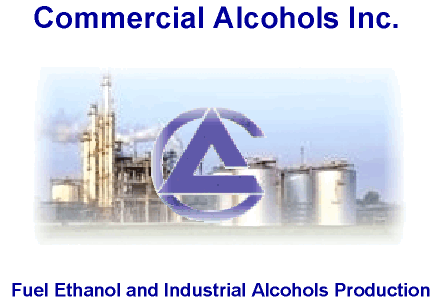|
ATF, Alcohol Fuels, and the Crude Oil Windfall Profit Tax Act of 1980
The U.S. Department of the Treasury, 22 years ago, published
regulations establishing a new category of distilled spirits plants for producers of alcohol exclusively for fuel. The
Energy Tax Act of 1980 instructed the Department of Treasury to encourage and promote alcohol fuel production.
In May 1979, the US Treasury, in conjunction with BATF, proposed legislation to Congress to facilitate alcohol fuel production.
With minor changes Congress added this proposal to the Crude Oil Windfall Profit Tax Act of 1980 (Public
Law 96-223). The Act granted the Secretary the authority to waive provisions of law relating to distilled spirits.
The pertinent portions of the Act become effective July 1, 1980.
Key components of these regulations
BATF will substantially reduce the regulatory burden faced by alcohol fuel producers. The new regulations, effective July
1, establish a regulatory systems which divides alcohol fuel producers into three categories.
Small:
Produces and receives not more than 10,000 proof gallons of alcohol per year.
Medium:
Produces and receives more than 10,000 but not more than 500,000 proof gallons of alcohol per year.
Large:
Produces and receives more than 500,000 proof gallons of alcohol per year.
The new regulations include the following major provisions.
Application procedures are reduced.
Small plants will file only a single simplified ATF form giving basic information
about the operation. Medium and large plants must supplement their application with additional information. The documents
required, however, are less than 25% of what is required for beverage alcohol plants. Interested persons may obtain an application
form from only one ATF regional office at:
ATF
Technical Services
550 Main Street, Room 6525
Cincinattit, OH, 45202
513-684-3354
Ask for ATF Form 5110.74. The AFT permit is limited by law to plants
which produce alcohol exclusively for fuel use. The permittee must produce alcohol to be eligible for a permit. Alcohol produced
under this new law may be used only as a fuel.
Applications will be promptly processed.
ATF will determine the eligibility of the applicant for the permit within
60 days of the receipt of the completed application by ATF.
Bonds are significantly reduced.
Small plants are not required to file a bond. Medium and large plants are required
to give bonds (generally obtained from insurance companies for nominal annual premiums). ATF substantially reduced bond amounts
by up to 80% from previous requirements for alcohol fuel production.
Denaturation requirements are liberalized.
In order to render alcohol unfit for beverage use, AFT's will have
greater flexibility in comparison to requirements for denatured alcohol. ATF has reduced the amount of denaturant required
and increased the number of acceptable denaturants.
Record and report requirements are reduced or eliminated.
Producers may record transactions on commercial records.
ATF does not require any special forms for maintaining records and has reduced substantially the frequency of reporting.
Alcohol may be used as fuel on the premises of the AFP.
An AFP may use alcohol for fuel on the premises of the
plant without rendering the alcohol unfit for beverage use.
Background.
The law previously hindered alcohol fuel production. Although existing requirements were well suited
to regulating beverage and industrial alcohol, they inhibited the production of alcohol fuel. In order to facilitate alcohol
fuel production, ATF provided all lawful administrative relief possible prior to passage of Public Law 96-223. For example,
ATF reduced the bond requirement for experimental permit holders, and liberalized denaturant formulas. These efforts, however,
were insufficient for a long term program of alcohol fuel development. P.L. 96-223 authorized the Secretary of the Treasury
to waive those provisions inhibiting alcohol fuel development.

|
| A typical 40 million gallon per year ethanol production facility using dry corn. |
PRINCIPLES OF OPERATION
CAN YOU DRINK IT?
|



